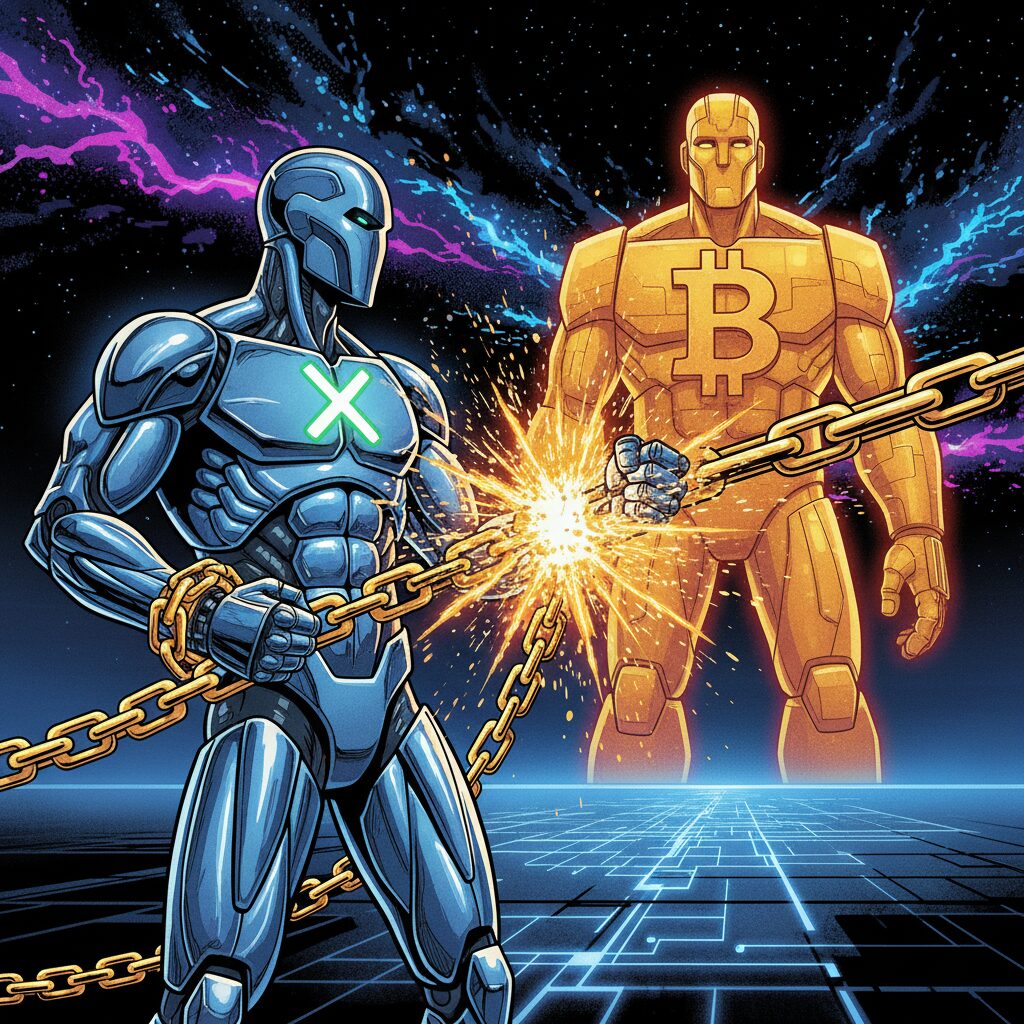XRP Adoption: Why Institutions Hesitate While ETFs Offer a Path Forward

The High Cost of Direct Crypto Holdings
According to software engineer Vincent Van Code, practical challenges related to operations and compliance are the primary reasons large institutions remain hesitant to hold XRP directly. While interest in the asset may be strong, the complexities of corporate custody present a significant barrier to entry.
Van Code explains that major companies can’t simply use a standard crypto wallet to manage hundreds of millions of dollars in assets. Instead, they require formal custody arrangements, regular audits, and robust compliance systems. The annual cost for maintaining these services for a single institutional setup is estimated to be around $300,000, a figure that discourages many firms from holding digital assets on their own balance sheets.
Investment Vehicles Emerge as a Preferred Route
To bypass these hurdles, many institutions are looking toward alternative investment vehicles to gain exposure to XRP. Exchange-traded funds (ETFs) and public companies that hold XRP in their treasuries are becoming the most viable routes. Currently, seven applications for XRP ETFs are pending with the U.S. Securities and Exchange Commission (SEC).
For large investors, buying shares in a regulated fund or company removes the need to manage complex custody systems in-house. A key player in this space is Evernorth, a venture supported by Ripple, which is building an institutional-grade XRP treasury. The company aims to purchase $1 billion worth of XRP, beginning with an initial acquisition of over 560 million tokens once it secures $1.1 billion in capital from participants like Ripple and SBI Holdings. Evernorth is reportedly pursuing a merger expected to close in the first quarter of 2026, with the XRP purchases planned to occur within ten days of funding.
Market Sentiment Signals Trader Confidence
While institutions navigate their entry strategies, market data reveals that some traders are making significant bets on XRP’s near-term performance. One notable example is a $1 million long position opened on the Hyperliquid derivatives exchange. The anonymous trader entered the position at $2.40 with 10x leverage, signaling a strong belief in a potential price increase.
Although large leveraged positions like this can contribute to price volatility, they also serve as a clear indicator of positive short-term sentiment within the trading community, contrasting with the more cautious and long-term approach of institutional players.
Disclaimer: The information provided in this article is for informational purposes only and does not constitute financial advice, investment advice, or any other sort of advice. You should not treat any of the website’s content as such. Always conduct your own research and consult with a professional financial advisor before making any investment decisions.
Binance is set to broaden its margin trading offerings with the introduction of two new pairs: GIGGLE/USDT and F/USDT. According to the exchange, both pairs are scheduled to be listed on October 25 at 6:00 a.m. UTC.
Understanding Margin Trading
Margin trading is a method that allows traders to borrow funds from an exchange to open larger positions than their own capital would typically permit. While this strategy can significantly amplify potential profits, it also magnifies the risk of losses.
Key Risks to Consider
The primary risks associated with margin trading include the potential for substantial financial loss due to leverage. High market volatility can increase this risk, leading to liquidation if the market moves unfavorably against a trader’s position. Assets that are new or less established, such as GIGGLE and F, may carry higher inherent volatility, which traders should carefully consider.
Conducting Due Diligence
Before engaging with these new pairs, traders are encouraged to conduct thorough research. While these assets may be new to Binance’s margin platform, their history on other platforms should be investigated. The most reliable information can be found by reviewing the official project whitepapers for GIGGLE and F, visiting their websites, and following their official social media channels for up-to-date announcements.











